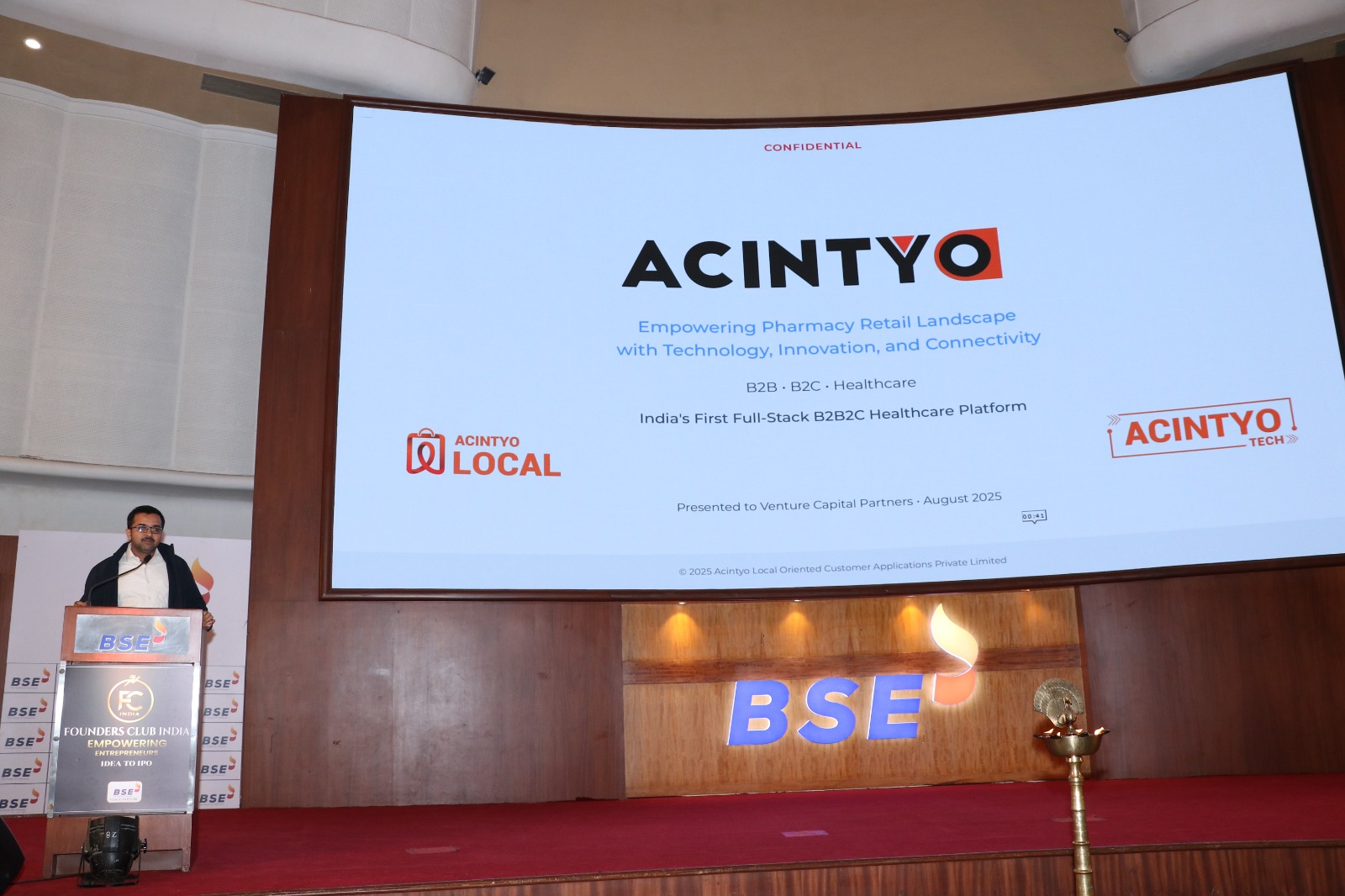Embracing the Remote Revolution: Strategies for Business Adaptability
In the wake of a global shift towards remote work, businesses are finding themselves at a crossroads. The traditional office-centric model is giving way to a more flexible, digital-first approach. This transition is not just about relocating work from office to home; itÔÇÖs a complete overhaul of work culture and infrastructure. Companies that adapt swiftly and effectively can reap the benefits of increased productivity, reduced overhead costs, and access to a broader talent pool.

The cornerstone of successful remote work adaptation lies in robust communication and collaboration tools. Businesses must invest in secure, reliable technology that enables seamless interaction among team members. This goes hand in hand with establishing clear protocols for communication to ensure that everyone is on the same page, regardless of their physical location. Additionally, rethinking workspace design to support hybrid work models can create a safe and inviting environment for those who opt for occasional office visits.
However, technology alone isn’t enough. The human aspect of remote work demands attention too. Managers need to trust their teams and focus on results rather than micromanagement. Companies should foster a culture that values work-life balance, recognizing that employees are juggling various responsibilities at home. Encouraging a healthy separation between work and personal life is essential to prevent burnout and maintain morale. Moreover, providing continuous learning opportunities can help employees feel connected and engaged, fostering a sense of growth and development.
In conclusion, the shift to remote work is not just a temporary response to unprecedented times but a permanent transformation in the business landscape. Companies that embrace this change with open arms, adapting their strategies to support remote work, will not only survive but thrive. The future of work is here, and it’s distributed, digital, and diverse. Businesses that recognize and harness this will set themselves apart as leaders in the new normal.




































Comments (0)